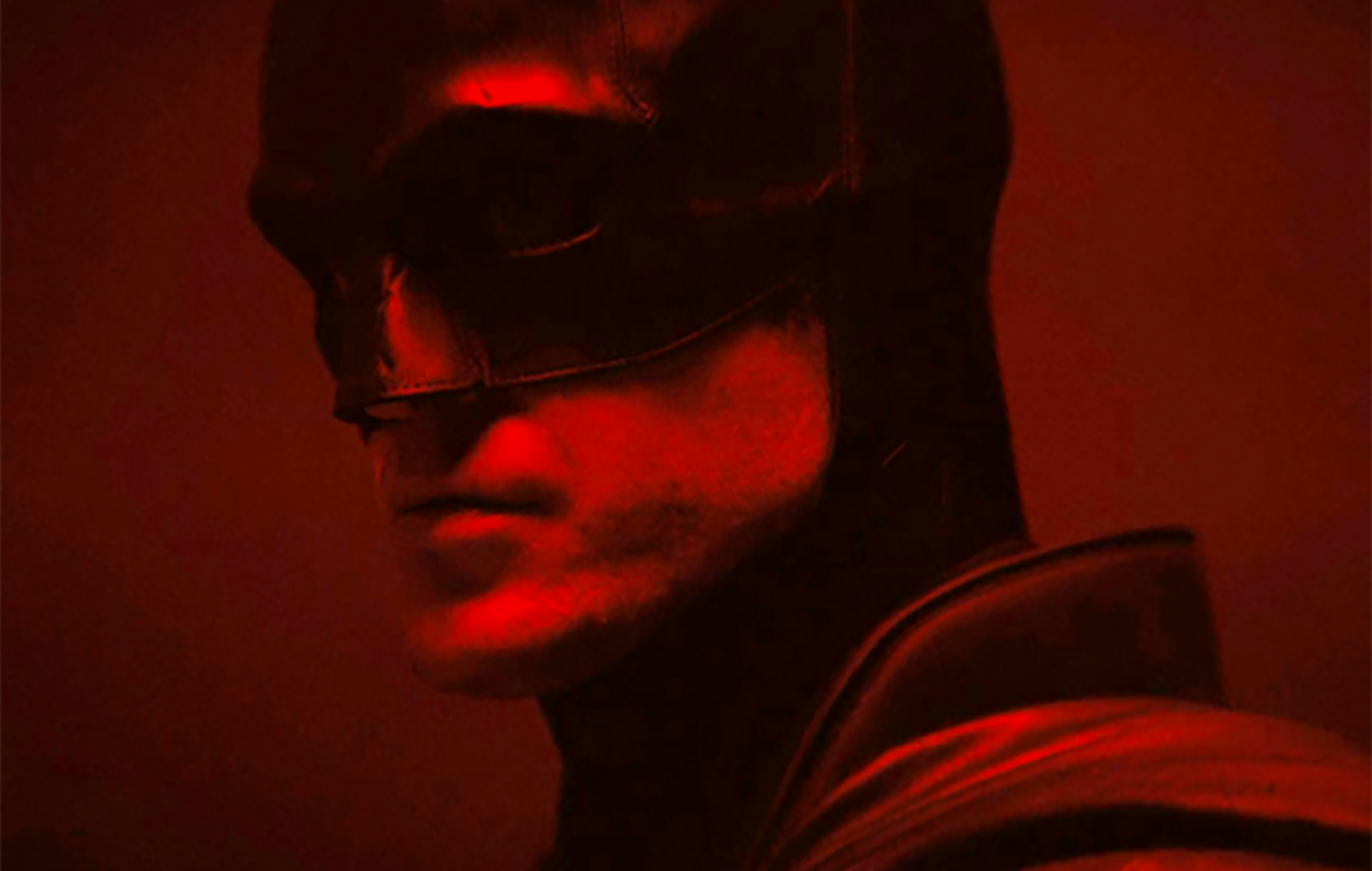
In combat, Marvel’s Midnight Suns feels amazing. If you have any doubts about the card-based system, or how well Firaxis could bring the larger-than-life world of Marvel’s superhero pantheon to the gritty tactics of the XCOM series, it’s time to send them off to the Limbo dimension.
In a lot of ways, Marvel’s Midnight Suns feels like it’s riffing on some of Firaxis (and developer Jake Solomon’s) most interesting ideas, and for that reason alone it’s a compelling reason to play.
Combat is based around movement, with cards and a resource – Heroism – dictating play. Characters feel unique: Spider-Man, for example, relies on moving around the small combat areas and using interactions with the environment to do extra damage; while Captain America throws his shield around and taunts enemies, taking the focus of attacks and weathering them with defensive abilities.

None of the abilities should feel surprising: the character work in Midnight Suns, a highlight throughout, is really put to work in the combat. This means everyone plays like you feel they should, giving you distinct tactical advantages depending on who you bring. Between missions, these can be levelled over time – along with upgrades for your cards and some fun suits and colour palettes to customise your heroes with.
For returning Firaxis fans, certain XCOM 2: War of the Chosen features return: enemy supervillains will drop in as reinforcements to battles sometimes, aping the way Chosen would appear in XCOM 2 to be a real pain in your arse. A simple case of duffing up some Hydra goons and taking their lunch money can easily be spiced up when Venom or Crossbones burst onto the scene with their collection of powerful weapons. Special cards you can choose in advance will come into play when specific superheroes attack, too, helping you keep control of a situation that has been rapidly changed by the addition of an 8-foot-tall symbiote that keeps calling you street meat and enthusing about good you’re going to taste.

If this was the game’s entirety, whaling on enemies in a series of quickfire missions about the same size as an XCOM: Chimera Squad engagement before you get a series of rewards and go again…it would probably be the best strategy game of the year.
However, tethered away from that tactical layer is a different layer – roughly akin to the strategy layer of other Firaxis games – except that here you’re exploring an old decrepit Abbey tucked away in a pocket dimension. This Abbey layer – that’s what we’re going to call it, sorry – has a confusing pace, and has you tooling around with your main character like it’s a third-person action-adventure game designed for the PlayStation 2, with play feeling a lot like the Krypt campaigns that accompany many modern Mortal Kombat games.

Every deep and interesting mechanic that the game has is served here, and it is agony. Making friends with your teammates is crucial for bringing them all together and unlocking powerful abilities – both active and passive – to use in combat encounters. Upgrading your cards, unlocking new ones, and performing research are all carried out here. These all require a bit of walking around the Abbey, but there are also some more esoteric elements: you’ll earn words of power that can be used to open spectral bridges or open sealed-up doors, letting you collect paintings to hang in the mansion or cosmetics, or get into a trial against the gods with your dog – a character you can level up who at the end of our preview was still used in literally no other part of the game but these trials.
Honestly, there’s just too much game. The combat is great! I just think it would be even better if I didn’t have to wade through 20 minutes of cut scenes and palling around before I could get to the next bout, because the 30/70 balance on my time spent doing things I’m really enjoying and my time spent fulfilling my obligations to a bunch of digital characters that don’t really exist makes playing the game kind of a chore.
However, if there’s one big thing from this final preview that I’d like to focus on, it’s the character work. The portal-slinging Magik has quickly emerged as a firm favourite, a taciturn Russian superhero who wields a big sword and gets to deliver many of the best lines. Elsewhere, Spider-Man feels like Spider-Man, Wolverine is as grumpy as you might expect, and you get to see some truly fleshed-out visions of some of your favourite superheroes alongside a few bit-part players that are getting their first non-comic book look at the world here (hey, Robbie Reyes!). While the writing can feel a bit Young Adult at times, it’s very good, and whoever is responsible for the characterisation deserves props.
But, when most of this character work is wrapped up in the Abbey layer’s awkward running around, it would be easy to miss it for most players, which seems like a real shame.
We’ll have the full verdict on Marvel’s Midnight Suns closer to launch.
The post ‘Marvel’s Midnight Suns’ preview: all of Firaxis’ best ideas tied in a superhero bow appeared first on NME.








